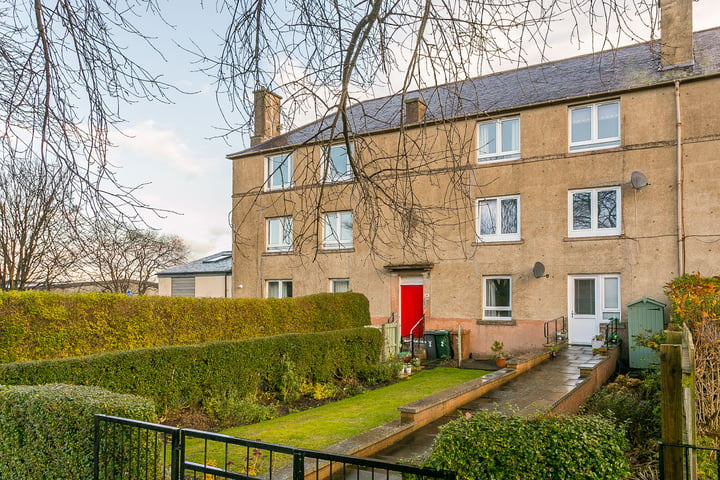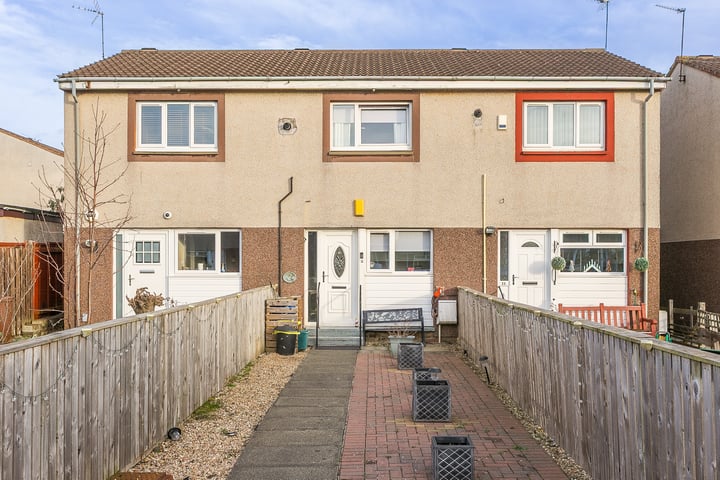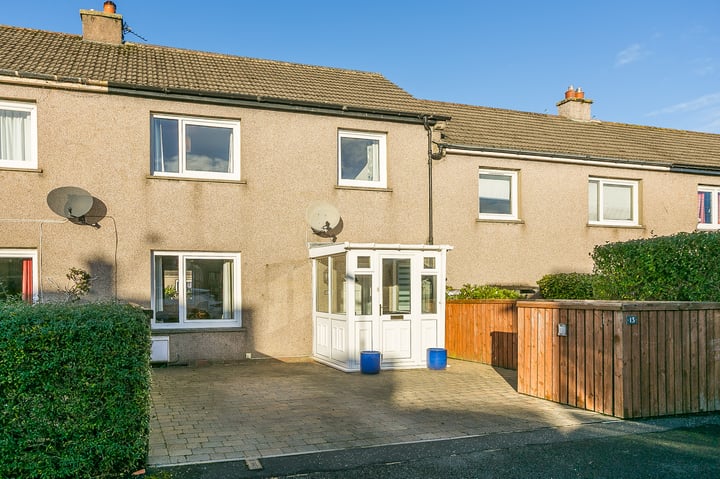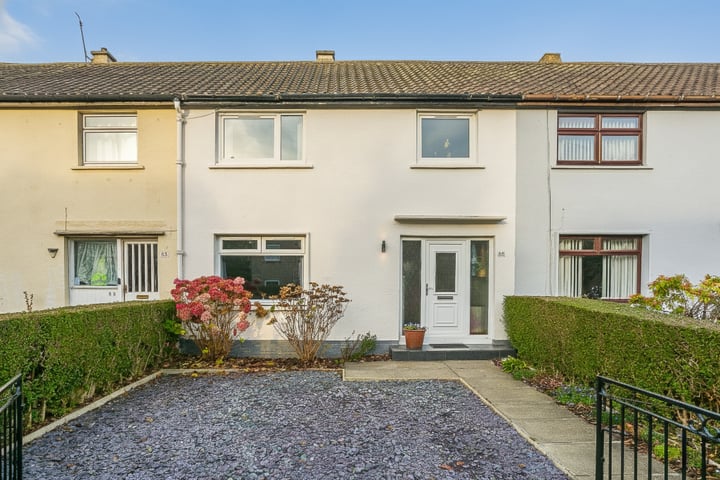Monthly Property Market News Round-Up November 2015
Property Sales Increasing
As we inch towards the end of 2015, property sales across Edinburgh and the Lothians have remained strong. Throughout the year, the number of homes changing hands has been at its highest level since the onset of the ‘credit crunch’ in 2008. The latest figures released by ESPC show that in the three months from August to October 2015, the number of homes sold in east central Scotland has risen by 15.2% compared to the same period in 2014.
West Lothian has experienced a record rise in property sales with an increase of 53.4% year-on-year for the three months from August to October 2015.
In Edinburgh, the majority of homes that are sold are now achieving a selling price that exceeds the property’s Home Report valuation. The average percentage of the Home Report valuation achieved for properties selling within the Capital has risen to 102%, an increase year-on-year, for the period August to October 2015, of 1.1%.
Prices Continuing Upwards
Continuing the trend that we have experienced during 2015, house prices are continuing to head north, with an increase of 1.5% across east central Scotland in the period from August to October 2015. Across the City of Edinburgh itself, the average property price, in the period from August to October 2015, rose by 3.1% annually, from £216,870 in 2014 to £223,489 this year.
There are sections of the market where prices are rising more quickly than the average. For example, two bedroom flats in Joppa and Portobello have seen an increase of 16.5% from £167,691 to £195,332, year-on-year, whilst one bedroom flats in the areas of Polwarth, Shandon and Tollcross have seen an increase of 10.7% from £145,400 to £160,882 as these areas become increasingly popular with First Time Buyers.
Caution of course must be exercised when looking at these statistics as the mix of property types sold in the periods of time being compared might have changed, for example, skewing the figures slightly. However, these numbers certainly are positive and are causes for optimism if you are thinking of selling a property in these areas.
Buy-to-Let Stamp Duty Increase in England and Wales
George Osborne’s ‘Autumn Statement’ announced a 3% surcharge on top of Stamp Duty Land Tax for people buying a buy-to-let property or a second home from April 2016 onwards. This will significantly increase purchase costs for landlord buyers. On a property worth £375,000, the Stamp Duty would rise from £3,750 to £12,000.
What this means is that Scotland might be a more attractive option for Buy-to-Let investors from April 2016 onwards. Scotland currently levies no separate surcharge for Buy-to-Let investors on top of Land and Buildings Transaction Tax (LBTT), which recently replaced Stamp Duty in Scotland.
Interest Rates Remain Unchanged
The Bank of England’s Monetary Policy Committee (MPC) voted eight to one in favour of keeping the Bank Rate at 0.5%. The rate has now stood at this historically low level for over six years as the Bank has tried to encourage consumer spending to stimulate economic activity. The Bank has reduced their outlook on estimated economic growth in 2015 from 2.8% to 2.7%, whilst cutting the outlook on economic growth in 2016 from 2.7% to to 2.5%. This means that an increase in interest rates is less likely in the immediate future.
Interestingly, there has been a slight change in recent weeks as to the prevailing feeling amongst experts about when interest rates might change.
Whilst many are still expecting a rise during the first half of 2016, there has been an increasing number of voices suggesting that any increase in rates may yet be some way off. Andy Haldane, Chief Economist at the Bank of England was reported as having said in September 2015 that the case for raising interest rates is “some way from being made”, whilst the economic analysts at Capital Economics were recently reported as saying that it was “easy to imagine rates not rising until the second half of next year”.
It remains to be seen whether these experts are right, but the longer that interest rates and therefore mortgage rates remain at historically low levels, the longer the housing market will benefit from increased affordability of mortgage finance, and therefore of housing, for potential property buyers in the UK.






Leave a Reply